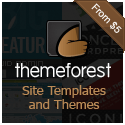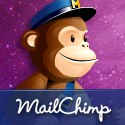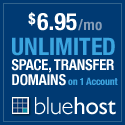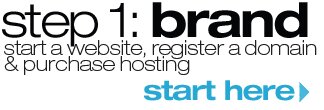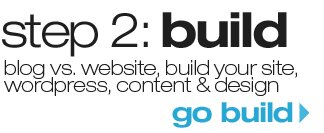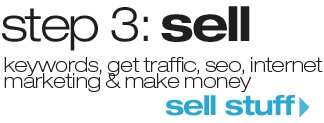People decide to build their first website for many different reasons – to share a hobby, keep up with their families, or to even start a new business venture. Depending on your reason for learning how to make a website will determine if designing a landing page is an option for you.
When entrepreneurs what to archive results and make sales, the most effective way is to build a landing page.
What is a Landing Page?
A landing page is similar to a website (or web page) but has a completely different purpose than a standard website.
A typical website would include information about your services or product and information about your company. It will usually have an easy navigation that would help guide a new visitor through your website to explore and learn as much about your offering as possible.
On the other hand a landing page only has one function, a call to action and nothing else. Everything on this one page would focus on a visitor completing one specific task – making a sale. This might include, watching a video, reading a testimonial, giving your their email address or visiting an affiliate website.
Landing pages most likely will not have a navigation, except a link to whatever it is you want them to view. The less options a new visitors have to click away from the message of the landing page the better. This way you would be laser targeting your audience to focus on one track and one track only.
Having a landing page with little to no options, is an effective way to generate leads for a specific product. Many times a new visitor will be offered a free gift on this page for filling out a form, completing a survey or joining a mailing list. If any of those options are your goal, then the main focus of the page would be to provide supporting evidence and compelling information about that free gift and the benefits of signing up.
Types of Landing Pages and Examples
So now that you have a basic understanding of the purpose of a landing page, lets discuss a few types. There are 7 basics types of landing pages with examples of each type.
Click Throughs – This is a the simplest type of landing page. The purpose is to provide details about an offer or product, explaining the benefits and features with the hopes it will convince a prospect to make a purchase.
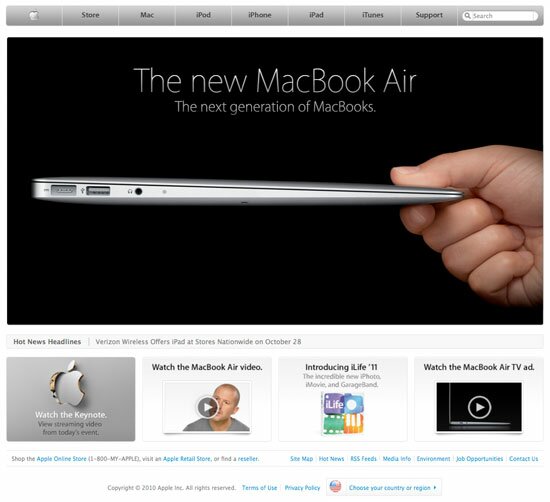
Lead Capturing – Also referred to as squeeze pages, the purpose of these types of landing pages is to gather personal information for the visitor (e.g name, email address, phone number, etc.) Normally there are no links or navigation, only a form to submit your details and often an incentive is offered in exchange for this data.

The Infomercial - Just as the name states these are considered the equivalent to infomercials in the online marketing world. They tend to be narrow and extremely long so that a visitor has all the information they need to make an informed purchased all on one page. The more a person reads, the more they get sucked into the sales message, which ultimately ends with a call to action (BUY NOW!) button at the bottom.

Viral – Often created by large companies in order to create an internet buzz about a new product or service. This type of landing page in done in order to build brand awareness and usually include flashy games or funny videos.

Microsite (or Minisities) – A microsite is a small and supplementary website which provides specific information to a larger campaign or business. Its usually more than a single page, but is still considered a type of landing page. You will often see this type of landing page utilized by car manufactures and motion pictures.

Product Information – This is a common style of landing page used in the retail industry. This the main page of a website that houses all information related to the product for sale. This kind of landing age will also come come with a navigation, links and well designed graphics.

Website as a Landing Page – This is the least effective type of landing of of all the options listed above. Why? Because it has way too many distractions and can often confuse a first time visitor. It often has link, videos, features, graphics, advertising and maybe even a few interactive elements. When a new visitor arrives to your homepages it easier for them to become overwhelmed by the choices and leave the page without viewing your intended message.
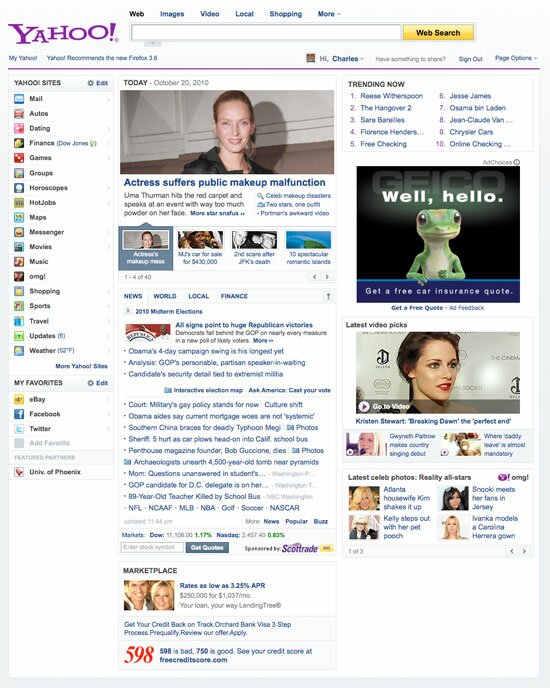
Which Type of Landing Page is the Best?
Well, that hard to answer because it really just depends on the nature of your business and your ultimate goals. While some may argue sending visitors to your homepage may be less effective than a standalone landing page, the product you’re selling and your audience should really be the deciding factor.
1. Find a Goal – Before even considering creating your first landing page you should figure out your ultimate goal. Whether it’s to sell a products, collect personal information, increase mailing list subscribers or visiting an affiliates website – the goal should be highly focus, so your visitors won’t get lost in an array of unnecessary information.
2. Design a Direct Path to the Call to Action – The last thing you visitors to do is visitors wandering off to another page before completing the call to action. It’s best to remove all distractions include links to other pages or outside advertisers.
3. Stay Consistent – Your message, style of writing and overall design should be the same across all forms of media – whether it’s print, email or online. New visitors don’t want to guess if they are on the right website because it’s looks completely different than the flyer they saw on a bulletin board. For the best results, be sure to reuse the same headlines, snippets of the content and graphics, so that people know they’ve arrived at the right place.
4. Keep the Message Simple and Direct – It’s best to keep the message of your landing page simple and above the fold – meaning at the top half of your website. If a user has to scroll down too many times to figure out what your offer is about, or than likely they will get frustrated and leave.
5. Make the Content “Scan-able”- Most readers want access to information quickly and often don’t have time read each and every word on your website, which is why making websites scan-able is so important. Make sure headlines, sub-headings, graphics and other multimedia quickly lead to the call to action so visitors can learn about the offer, how it will benefit them and take action.
6. Use Graphics and Other Multimedia – Minimize the use of empty white space by adding graphics, videos, and other multimedia. Also use various font sizes and colors (in the headings) to show the importance of certain content and increase “scan-ability”. It’s best to stick with a color scheme of no ore than 2 to 3 colors (including black) to reduce the busyness of the page.
7. Use Forms to Collect Personal Information – Using web forms helps engage a website visitor to complete the form, by keeping it brief. Online forms are typically the first step of the sales process, not to scare your visitor or deter a potential sale. Start by asking for a person’s name and email address in order to keep in contact in the future.
8. Use a Privacy Policy – If you decide to collect personal information through your landing page, it’s important to let your visitors know how their information will be used. The last thing a person wants is to sign up for future updates on a product or service, to find out they have just been added to the national junk mail list. Provide a link to your privacy policy so that users can be reassured that their personal information won’t be sold or shared with another company.
9. Track Your Results – Implement a website analytics program, Like Google Analytics (which is free). These types of program allow you to understand how your website is performing. It gives you a birds-eye view of who came to your site, what pages they visited and what links they clicked on. This information will have you determine which areas of your landing page need to be improved.
10. Develop a Test Plan - Add and remove different elements on your landing page, including multimedia and copy to learn which placements work best.
-
http://www.sgwebdesigning.com shamjadhav575
-
http://rfc.sunsite.dk/rfc/rfc1738.html james

